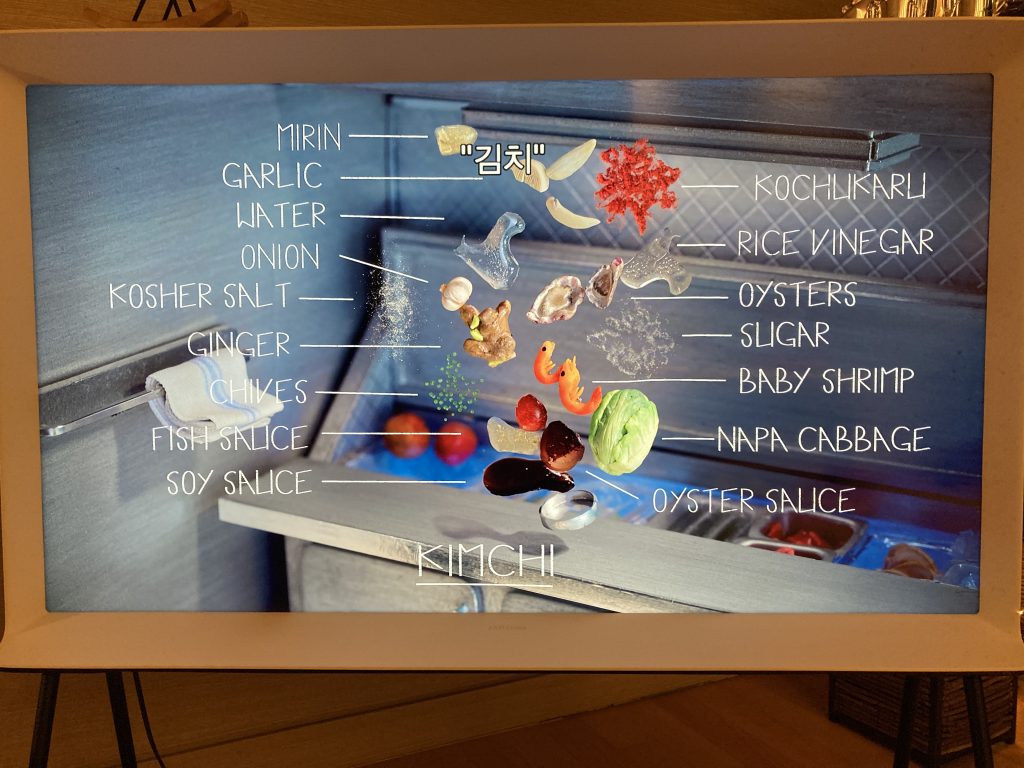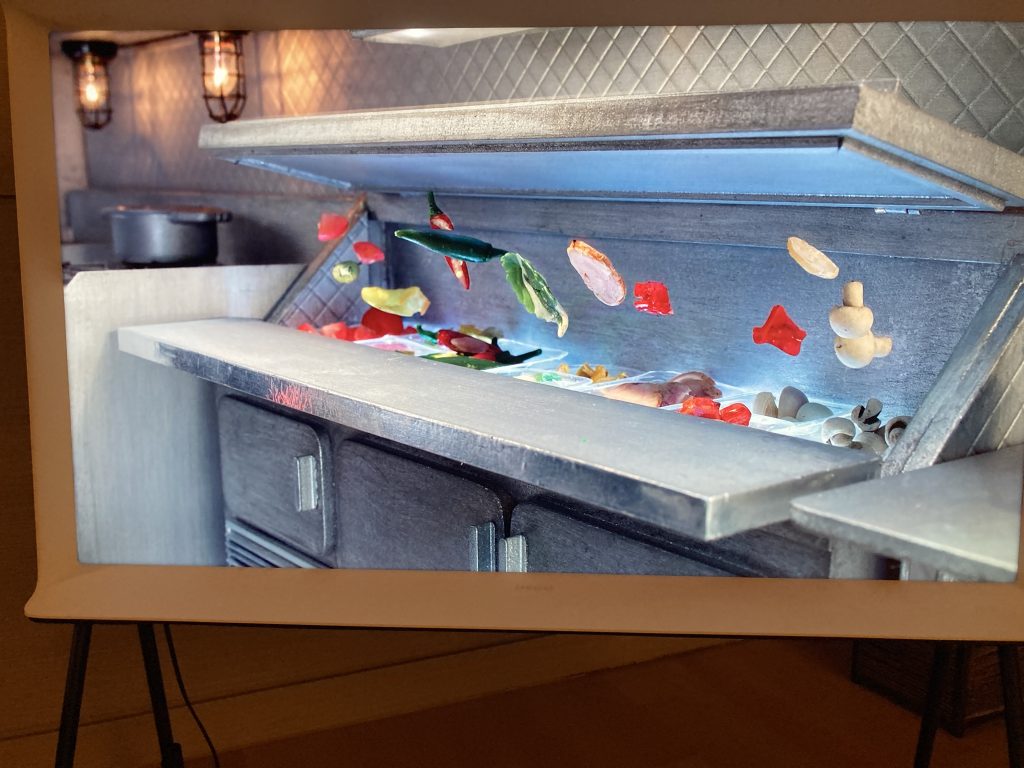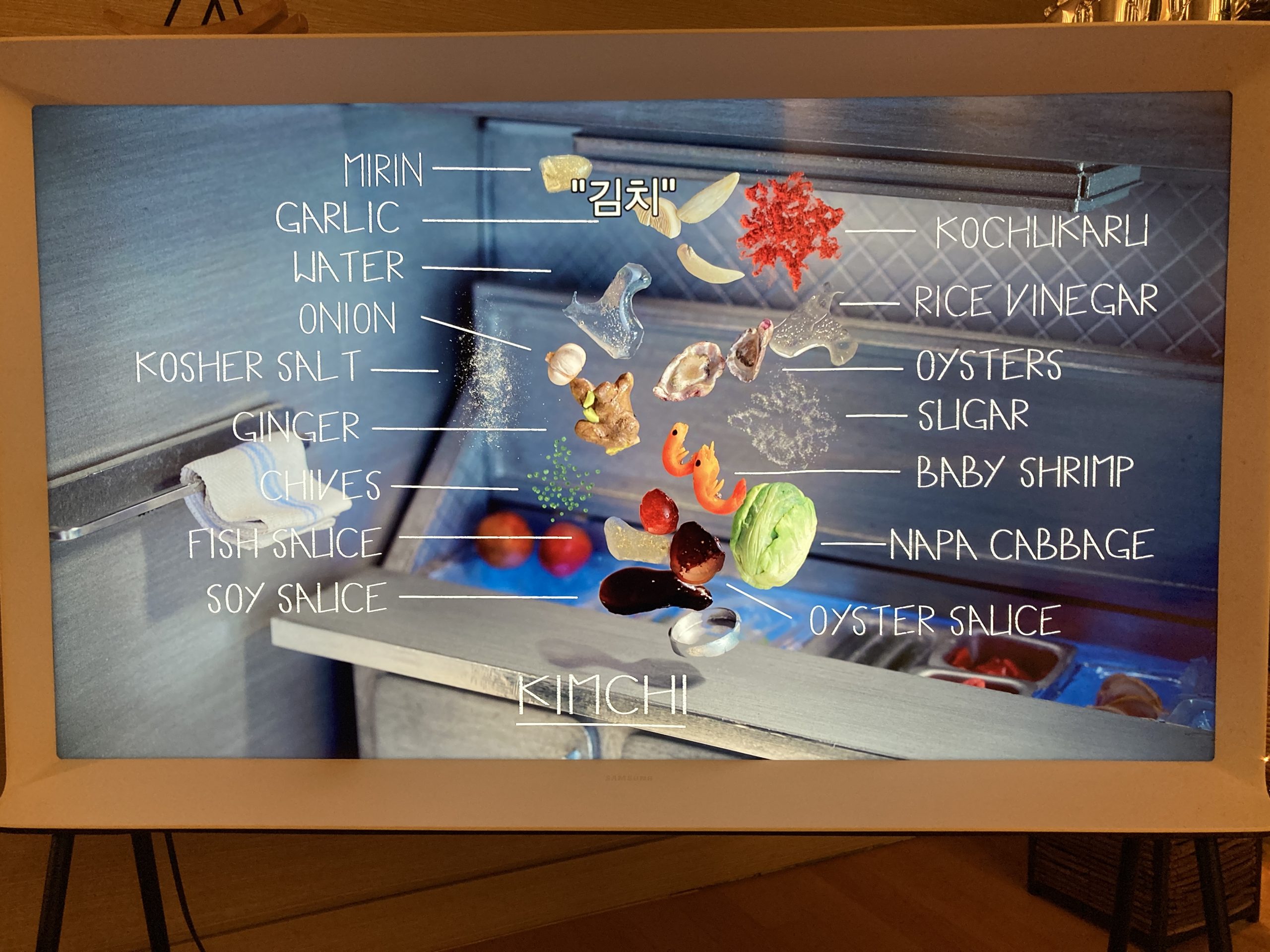I enjoy watching The Chef Show, an American television cooking show. It features actor Jon Favreau and chef Roy Choi with guests. This cooking show challenged my stereotype of Asian chefs and Korean food.

In one episode, Chefs Roy Choi and David Chang demonstrated how to make Kimchi. They broke down the authentic Korean food into 16 ingredients. I was surprised by this because I eat Kimchi everyday but have never listed its ingredients. In sum, two chefs analyzed a holistic item successfully, whereas an everyday consumer failed to do so.

Experts are able to analyze holistic items because they are often asked to do so. Two chefs could list sixteen food ingredients because they have to explain to viewers how to make Kimchi. Similarly, wine lovers could elaborate why they like a specific wine (e.g., Tannin, flavor, color, etc.) because they have to explain to others why they like it.
In contrast, novice consumers are rarely asked to decompose their holistic experience. For instance, I do not have to explain to others why I enjoy emmental cheese, why I choose the chicken with classic buffalo flavor, or why I order a smoked salmon with scrambled egg. This is why I need *supports* like vocabulary or category when asked to answer why I like a specific cheese, chicken, or brunch menu.

One of my favorite *supports* is Brunswik’s Lens Model. This model helped me correct my first impression about Germany, helped designers evaluate concepts in a consistent way, and helped researchers understand how DEOs communicate with their followers. This model help us decompose a holistic item into analytic components.
**
Reference
… We collected leadership cues from two parties, the CEO and employees, and then mapped them onto Brunswik’s Lens Model, a psychological framework often used in Social Judgment Theory. Our newly adopted research framework helps us better understand the designer’s unique leadership style; unlike non-design business CEOs, the design CEO or DEO (Design Executive Officer) used a wide variety of visual cues… the DEO tacitly communicates visual (tangible) cues with employees for reward and authorization. In particular, the DEO is good at incorporating a tangible benefit and infusing a live and vivid characteristic into an environment. We found that the DEO utilizes visual cues effectively when communicating leadership.

